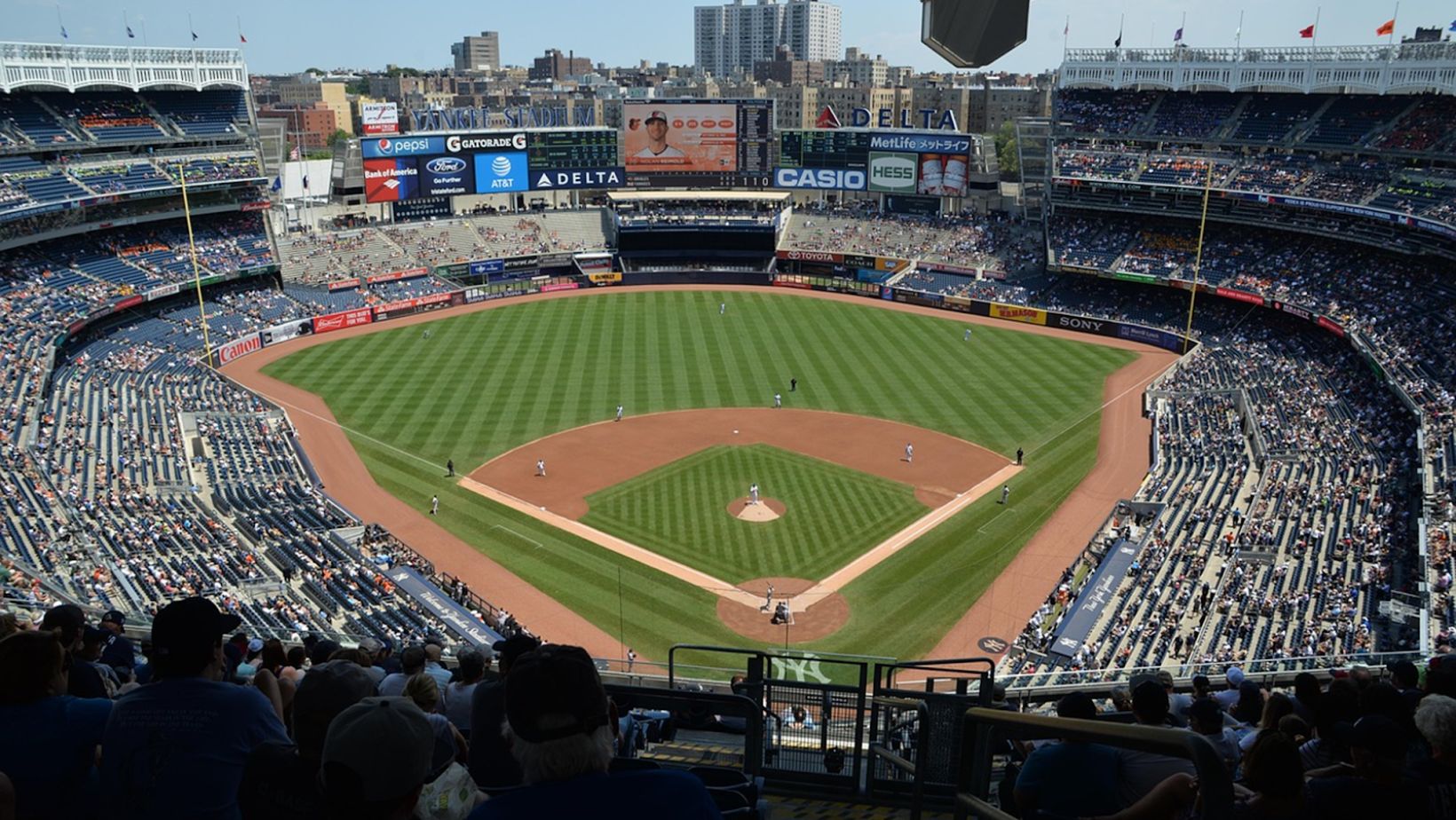How Does World Series Betting Differ From MLB Regular Season Betting?

The MLB regular season and the World Series exist in two different betting environments. Over 162 games, regular season trends develop gradually, allowing bettors to lean on advanced stats and long-term patterns. The World Series, however, compresses betting into a short, high-stakes series where adjustments happen game by game. Understanding these differences is key to making informed wagers.
Market Efficiency and Line Movement
During the regular season, sportsbooks leverage extensive data to set precise betting lines. With a high volume of games, bettors have opportunities to identify inefficiencies, while oddsmakers continuously refine lines based on performance trends. Line movement is typically influenced by public betting patterns, sharp action, and team-specific factors such as pitching matchups and travel fatigue.
The World Series, on the other hand, attracts significantly more betting volume, including casual bettors who may overvalue recent performances or home-field advantage. Oddsmakers tighten their lines to account for this, reducing the likelihood of soft spots. With only a handful of games, lines also adjust rapidly between matchups, and a single game’s outcome can cause dramatic shifts in odds.
Following MLB news becomes even more critical during this time, as even minor updates—such as a pitcher’s workload or a last-minute lineup change—can influence betting markets more than they would in a regular-season game.
Team Performance vs. Individual Matchups
Regular season betting often revolves around long-term team performance, focusing on trends across a large sample size. Metrics like run differential, bullpen usage, and wRC+ help predict outcomes over time. Bettors can exploit market inefficiencies by targeting undervalued teams or fading overperforming clubs.

In the World Series, the emphasis shifts to individual matchups, with managers making bold strategic adjustments. Relievers are deployed in unconventional roles, starting pitchers have shorter outings, and platoon advantages are carefully optimized. Each game presents a unique tactical challenge, making season-long trends less reliable. A team that struggled against left-handed pitching in June, for example, may not face a lefty starter throughout the series, rendering that statistic irrelevant.
Betting Volume and Public Influence
Regular season games, particularly weekday matchups, don’t attract massive public betting interest outside of marquee teams. Sharps and data-driven bettors have a bigger impact on line movement, and oddsmakers may not adjust as aggressively to public money.
The World Series is different. It draws heavy public action, especially from casual bettors who lean on narratives rather than data. Sportsbooks see an influx of wagers from fans who might not have bet during the regular season but are drawn in by the championship stakes.
Major betting platforms, including FanDuel, experience increased activity as bettors look for ways to wager on the biggest games of the year. This surge in action means that FanDuel MLB World Series odds can shift dramatically between games, particularly after standout performances or unexpected results. If a heavily favored team loses Game 1, the odds for the series winner might see a significant adjustment, creating opportunities for bettors who can anticipate market overreactions.
Totals and Scoring Adjustments
Scoring trends fluctuate between the regular season and World Series, directly impacting totals betting. During the regular season, lineups rotate frequently, bullpen usage follows set patterns, and teams prioritize long-term health. As a result, totals remain relatively stable based on historical scoring averages and ballpark factors.
In the World Series, managers shorten rotations and optimize matchups, often leading to lower-scoring games. A team’s ace, who might pitch every fifth day in the regular season, could start twice in a seven-game series, significantly impacting totals. Additionally, high-leverage bullpen arms get used more frequently, reducing late-game scoring opportunities. Bettors must adjust accordingly, recognizing that postseason baseball often features stronger pitching performances than an average regular-season contest.
Series Betting vs. Single-Game Wagers
The MLB regular season is dominated by single-game wagers—moneylines, spreads (run lines), and totals. Bettors can track trends over multiple games and adjust strategies based on evolving performance.
The World Series introduces the element of series betting, where odds shift dramatically after each game.

A team leading 2-0 may see its odds move from +150 to -300, while an underdog comeback in Game 3 could present hedge opportunities. Live series betting becomes crucial, allowing bettors to capitalize on shifting momentum rather than relying solely on pre-series predictions.
Mastering World Series Betting
World Series betting requires a different approach than regular-season wagering. Market efficiency tightens, public money plays a bigger role, and strategic adjustments become more pronounced. Rather than relying on season-long trends, bettors must evaluate game-by-game matchups, managerial decisions, and shifting lines. Those who can adapt to the fast-changing dynamics of the postseason stand the best chance of finding value in one of baseball’s biggest betting events.
